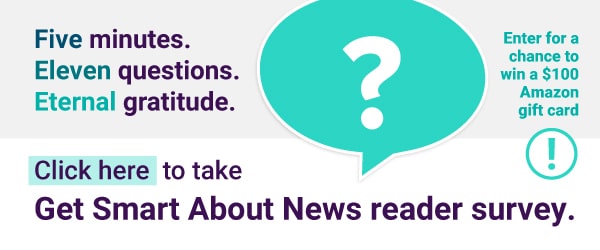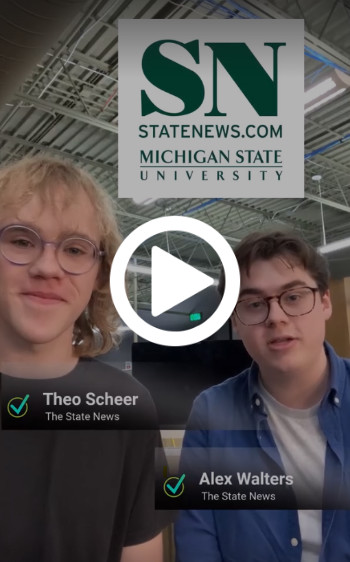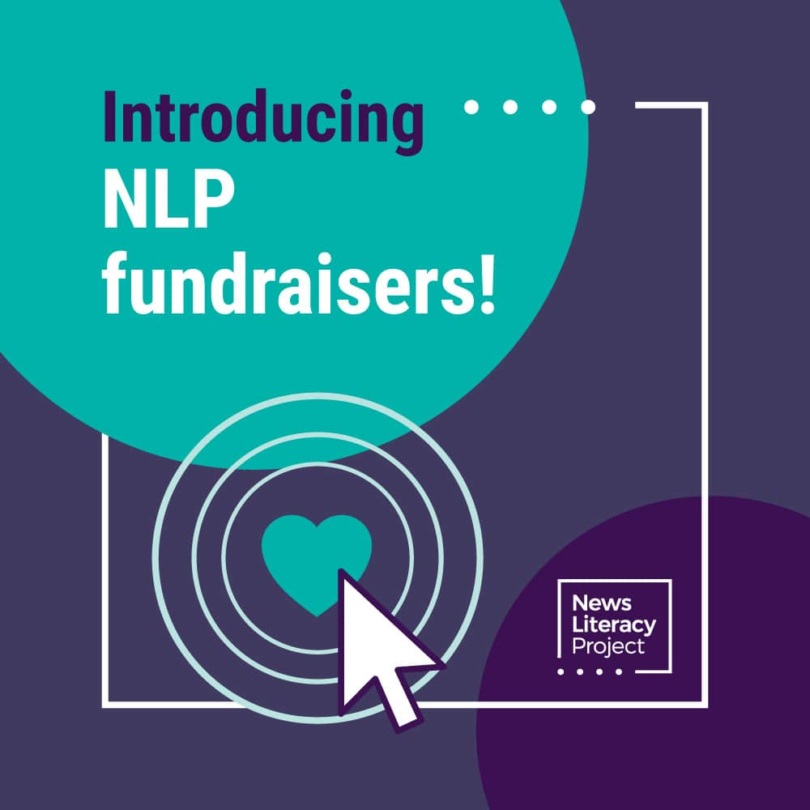|
Hello friend of NLP,
We’ve got a special newsletter for you today — a roundup of the most popular stories and resources in Get Smart About News from this school year. We hope you enjoy looking back.
📣 We’d love to hear your feedback on this newsletter. Please share your thoughts in this year’s reader survey. It takes just a few minutes, and at the end you can enter a drawing for a $100 Amazon gift card.🙂 The winner will be drawn on June 5.
Get Smart About News is taking a break and will return in June in its summer format. We look forward to being back in your inbox soon!
— The Get Smart About News team
|




